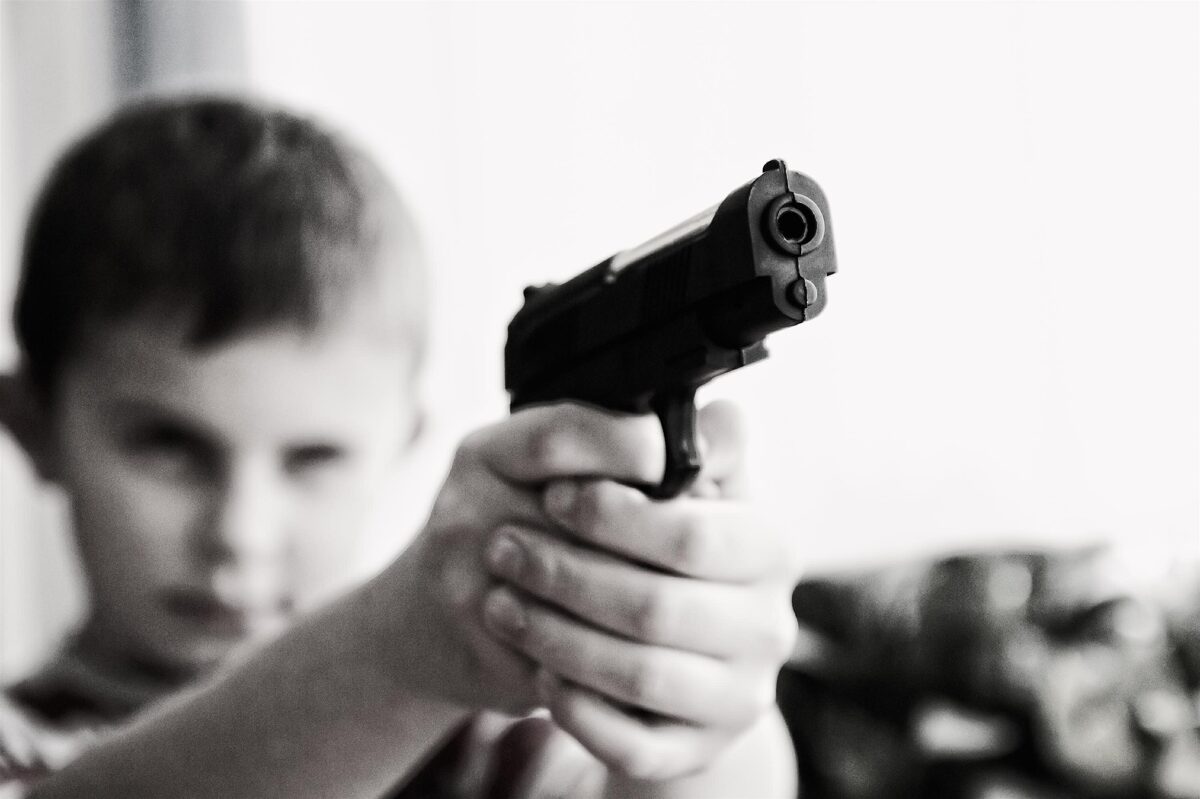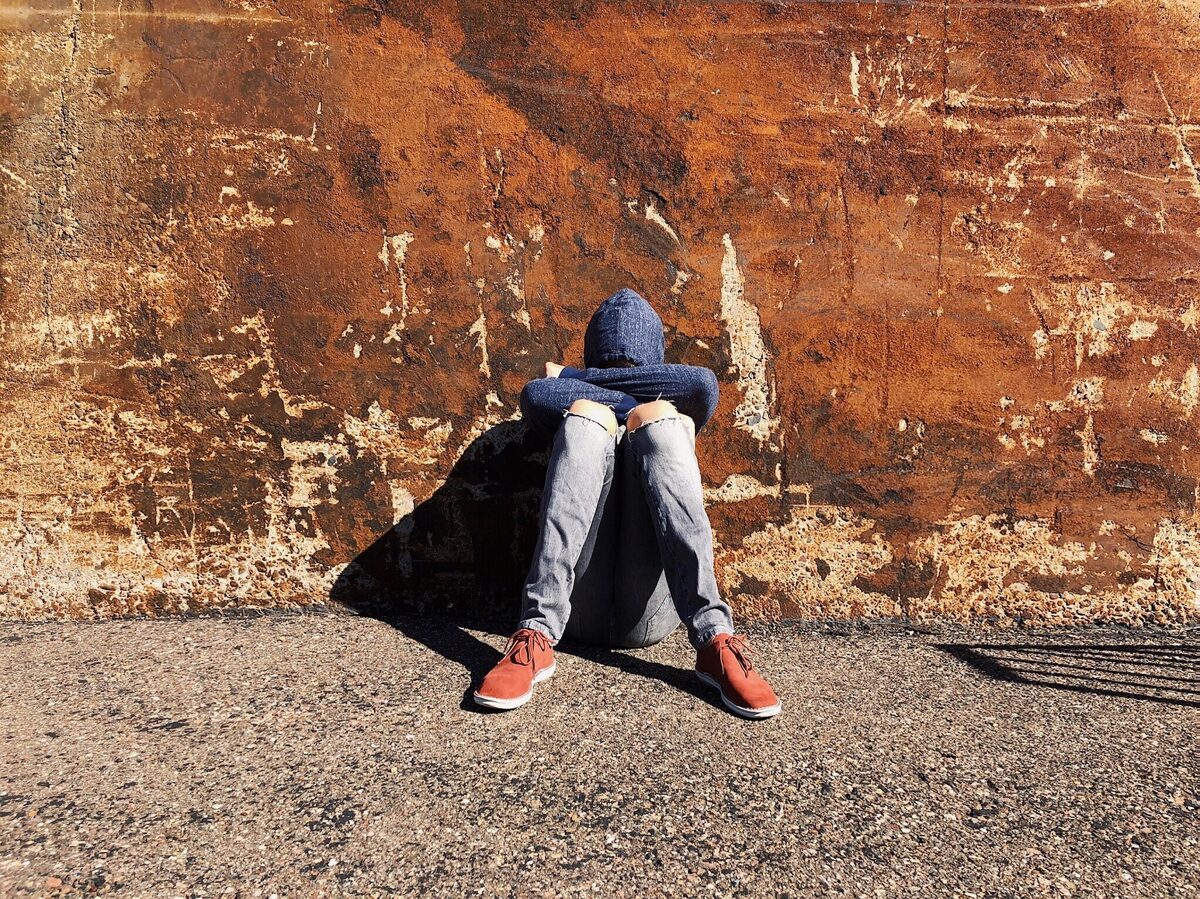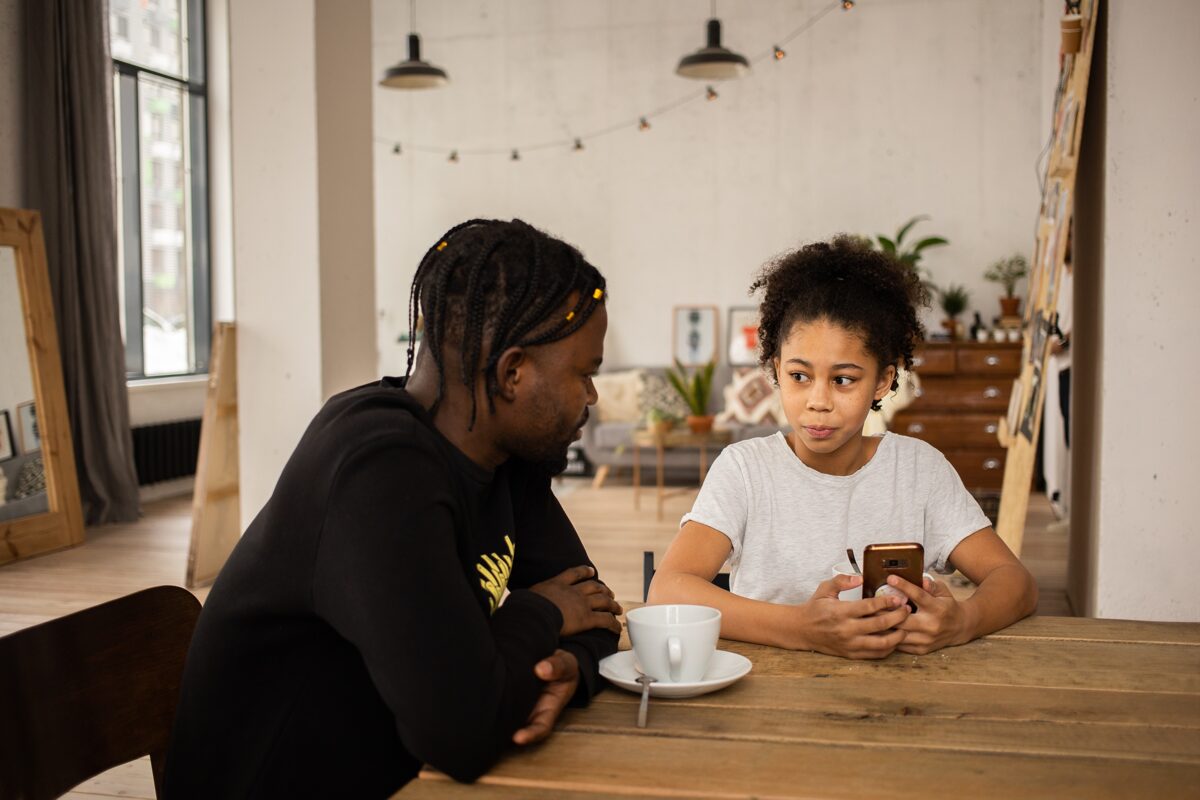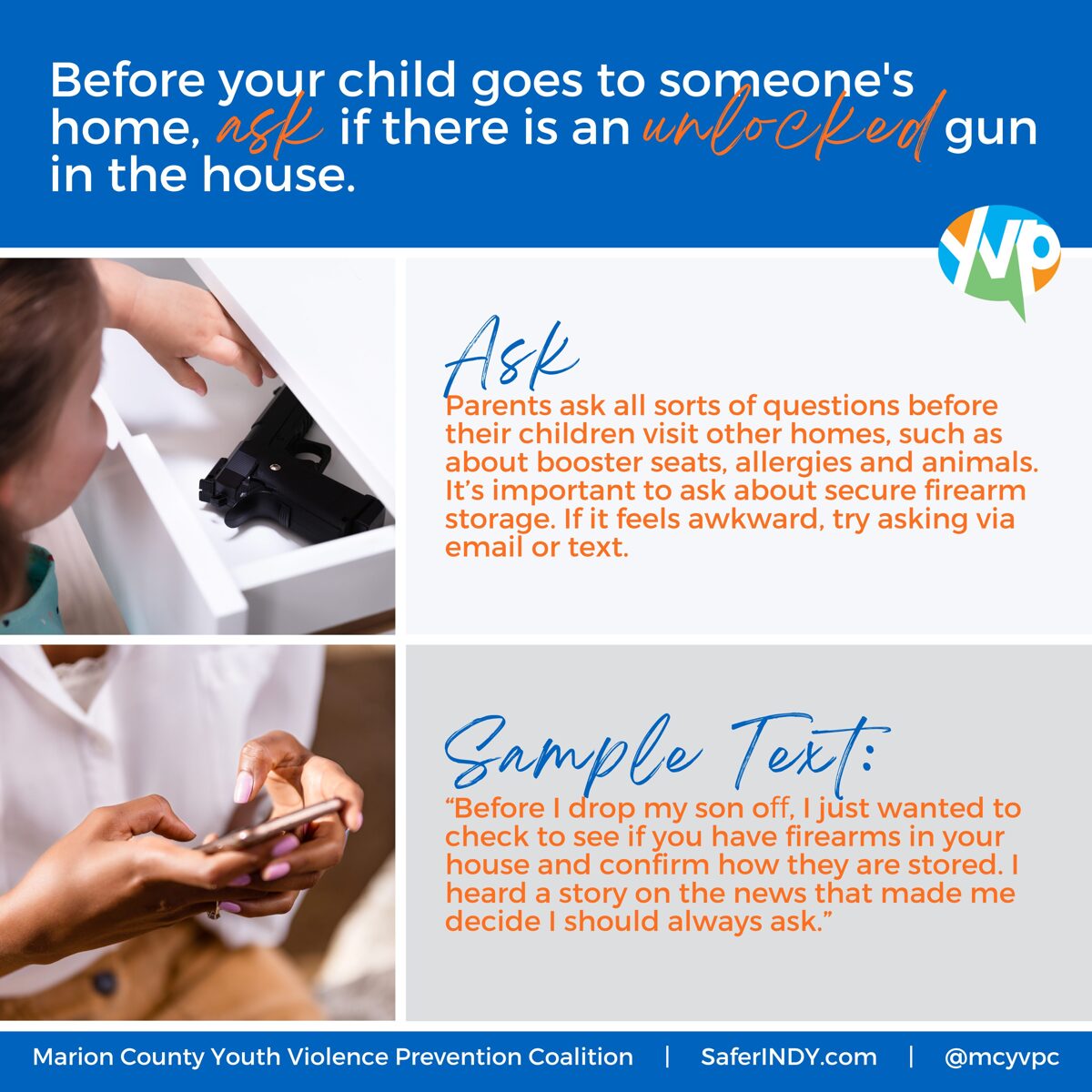Helpful digital resources
You can download the resources by clicking on the links below.
Secure Firearm Storage means keeping a firearm unloaded and secured using a lock box, safe, or other locked storage space designed to prevent access and use from children and other people who are at risk of harming themselves or others. Secure firearm storage protects children and teens, reduces the risk of firearm injuries and saves lives.
If you’ve made the decision to bring a gun into your home, it’s important to know how to keep your family safe.
Experts agree: the safest way to store a gun is unloaded, and locked, with ammunition locked in a separate location. All keys or passcodes to the locks should be hidden / not given to children or teens.
Unload: Remove all ammunition from the firearm, including removing any chambered rounds.
Lock: Secure guns with a firearm locking device, such as a jacket lock, trigger lock, or cable lock, or in a locked location, like a safe or lock box.
Separate: Store ammunition in a secure location separate from the firearm.

Hidden is not secure. Kids are naturally curious, and they may be tempted to play with a firearm if they find one. Teaching a child about firearms and telling them not to touch them is not enough. Simply put, if there are guns in your home, locking them up is the most effective way to keep them out of the hands of young people. One recent study showed that households that locked both firearms and ammunition had a 78 percent lower risk of self-inflicted firearm injuries and an 85 percent lower risk of unintentional firearm injuries among children.
Firearms in the home are more likely to be involved in a fatal unintentional shooting, homicide or suicide than to be used in self-defense. It’s important to know that secure storage devices won’t stand in the way of getting to your gun quickly if you need it. There are plenty of affordable storage options—from lockboxes, to gun safes, to devices with biometric authentication—that allow you access to guns in a matter of seconds while still preventing access by children and other unauthorized people.

If a family member is depressed, suicidal or is abusing drugs or alcohol, temporarily removing firearms from your home may save their life. Law enforcement and gun retailers can provide temporary gun storage in times of suicide risk.

Yes! It’s better to talk about it before your child or teen comes across a firearm at home or somewhere else.
Talk with your child about the risk of firearm injury in places they may visit or play.
Explain that real firearms can kill or seriously injure people, unlike toy firearms or firearms shown on TV, in movies or in video games.
Teach your child that if they find a firearm, they should leave it alone, leave the room and tell an adult right away. But remember talking about gun safety is a precaution, not a guarantee.
Teach your child to tell an adult right away if they see a firearm in someone’s backpack at school or if they hear someone is going to bring a firearm to school.
Talk with your child about firearms and violence. Let them know that strong feelings like fear and anger can be expressed without using weapons.
If you allow your child or teen to use a gun for recreation, it is very important that you:

If your child is going to someone's house, it's important to know if there are guns in the home. Parents ask all sorts of questions before their children visit other homes, such as questions about booster seats, allergies and animals. Add firearm safety to the conversation.
Research shows that 93% of parents, including parents who choose to own firearms, would be comfortable with being asked about a firearm in their home.
It may feel awkward to ask; consider using these words to help you get started.
“Knowing how curious my child can be, I hope you don’t mind me asking if you have a firearm in your home and if it is stored unloaded, and locked up.”
“Mom, Dad, _________, this is awkward for me and I mean no disrespect. I am concerned Susie will find one of the firearms in your home when we visit. Do you keep them locked up with the ammunition stored separately?”
If you have doubts about the safety of someone else’s home, invite the children to play at your home instead.

You can download the resources by clicking on the links below.